Harmonic Analysis (RMA) Worksheet for the song: TEMPLATE.
Template: Song Title Goes Here ;-)
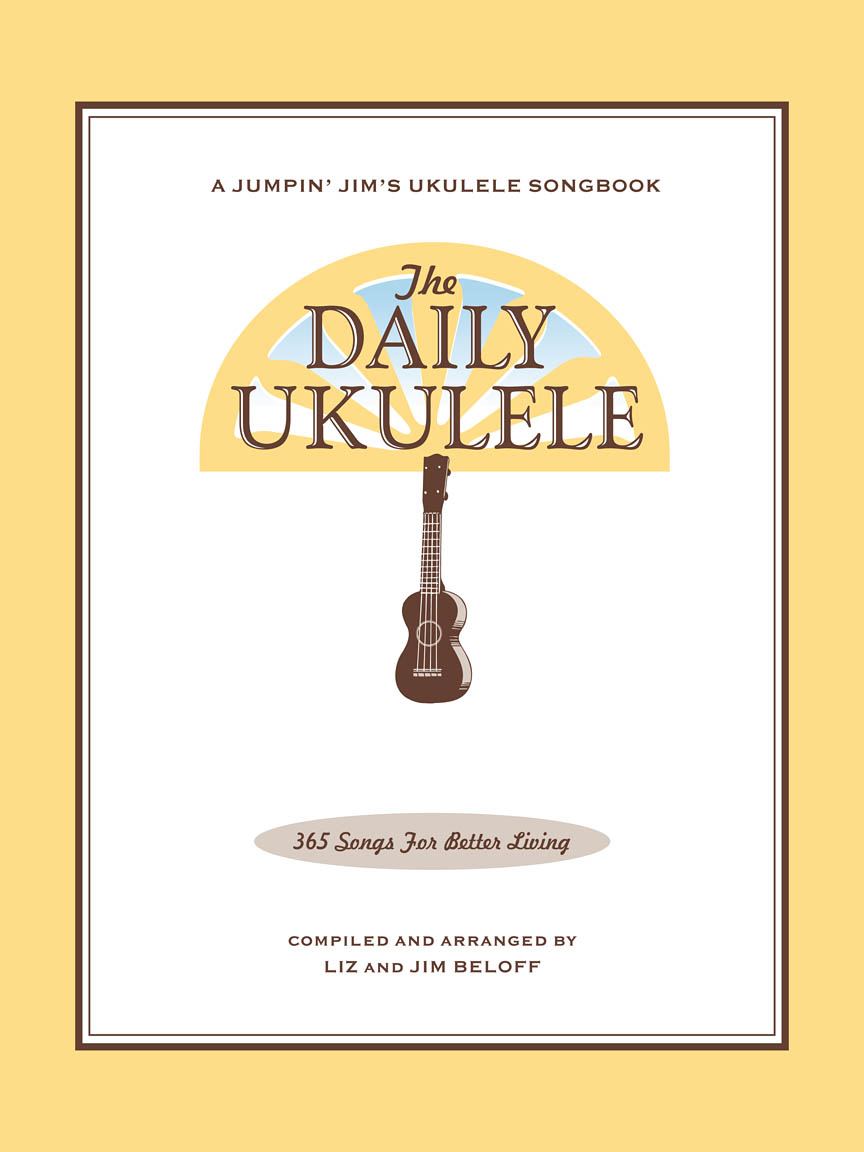
Template: Song Title Goes Here ;-) is in the The Daily Ukulele
— 365 Songs for Better Living book.
Theses and many other chords are covered in the Learn A Chord A Day series of lessons.














































































































.svg)


































.svg)



4 Col Grid
5 Col Grid
6 Col Grid
7 Col Grid
8 Col Grid
9 Col Grid
10 Col Grid
12 Col Grid
16 Col Grid
G: G Ionian
Any number of grid cols are possible. Cols 1, 2, 3, 4, 5, 6, 7, 8, 9, 10, 11, 12 are built-in to tailwindcss.
18 Col Grid
Any number of grid cols are possible. Cols 1, 2, 3, 4, 5, 6, 7, 8, 9, 10, 11, 12 are built-in to tailwindcss.

8 Col Grid
I
I7
( V of IV)
II7
( V of V)
III7
( V of VI)
VI7
( V of II)
VII7
( V of III)
III
D.S. al Fine
Fine
Option for a single chord a beat — Inline or re-harm above.
Basic 12 Bar Blues
Quick Four
A Harmonic Analysis (RMA/HA) and its worksheet are intended to show the function of the chords, the harmonic principles used, the keys and tonalities the song explores. And, can be used for scale selections and chord and scale substitutions.
lead leadsheet.Minimal roadmap information such as repeats, fine, D.S., D.C., and codas has been used in preparing the worksheets to somewhat mirror the leadsheet in the Daily Ukulele book.
Yellow Book. You should start to recognize that 1st endings typically always return to a previous verse or an
 section. With a 2nd ending, a transition to a different part of the song, a
section. With a 2nd ending, a transition to a different part of the song, a  or chorus. Harmonic Principles are used for these repeats and transitions.
or chorus. Harmonic Principles are used for these repeats and transitions.- Template: Song Title Goes Here ;-) is in 4/4, Common Time and the Key of F . The original is in the Key of A , Tempo: 138 bpm
- Full Diatonic
- Partial Diatonic • Full Diatonic includes Secondary Dominant chords
- Internal Modulation
- Unresolved
- Chromatic
- Cycle

Scale Abbreviation Legend
Traditional Scale Names:
Maj: Major,
Dim: Diminished,
WT: Whole Tone,
Pent: Major Pentatonic,
Scale Mode Names:
Ion: Ionian,
Dor: Dorian,
Phrygian: Phrygian,
Lyd: Lydian,
Mix: Mixolydian,
Aeol: Aeolian,
Loc: Locrian
Contemporary Scales: Minor Pent: Minor Pentatonic, Pent: Major Pentatonic, Blues,
Scale/Mode Names: Ion: Ionian (Major), Dor: Dorian (Minor), Phrygian: Phrygian, Lyd: Lydian, Mix: Mixolydian (Dominant), Aeol: Aeolian (Natural Minor), Loc: Locrian
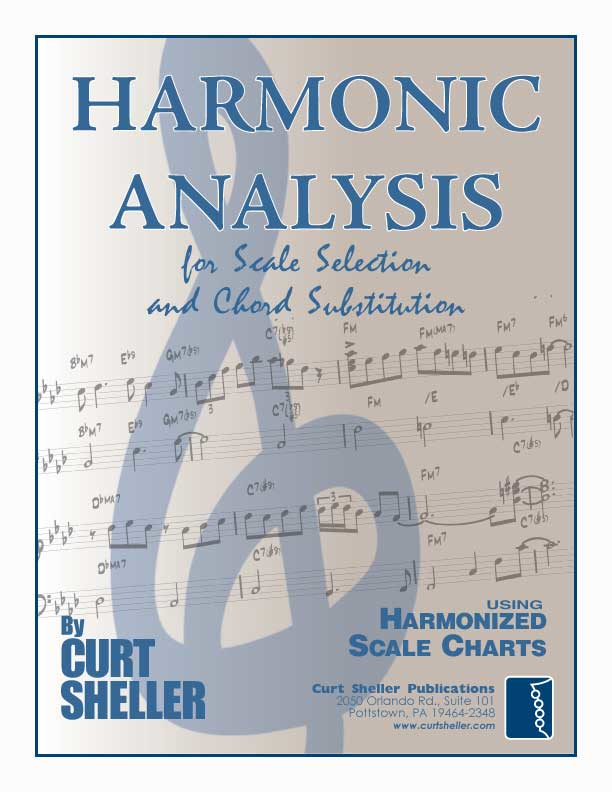

A worksheet is often, really not needed with such a simple Full Diatonic chord progression.
A Simple I , IV , V chord progression. The Tonic , Subdominant and Dominant , the Primary chords of the major key.
In a short amount of time you'll come recognize these simple chord progressions, just by the chord grids listed at the top of the leadsheet (page). And, hearing where the chords are naturally changing.
Scale Choices
For a Full Diatonic chord progression the first choice scale is the Major scale in the key of the progression. A subset of the Major scale is the Major Pentatonic – the Major scale with no 4th or 6th scale degrees.
Related Lessons, Videos, Lesson Series, Songs, Books & Reference Charts, Resources & Assets, Workshops are below.
Template: Song Title Goes Here ;-).
Template: Song Title Goes Here ;-).

Harmonic Analysis (HA), also known as the study of chord relationships, is the method used to identify the harmonic role of chords within a chord progression or song. A chord progression refers to a sequence of chords, with each chord having a root note and belonging to a specific chord type. The function of a chord within a particular scale's tonality is determined by its relationship to that scale.
Template: Song Title Goes Here ;-).
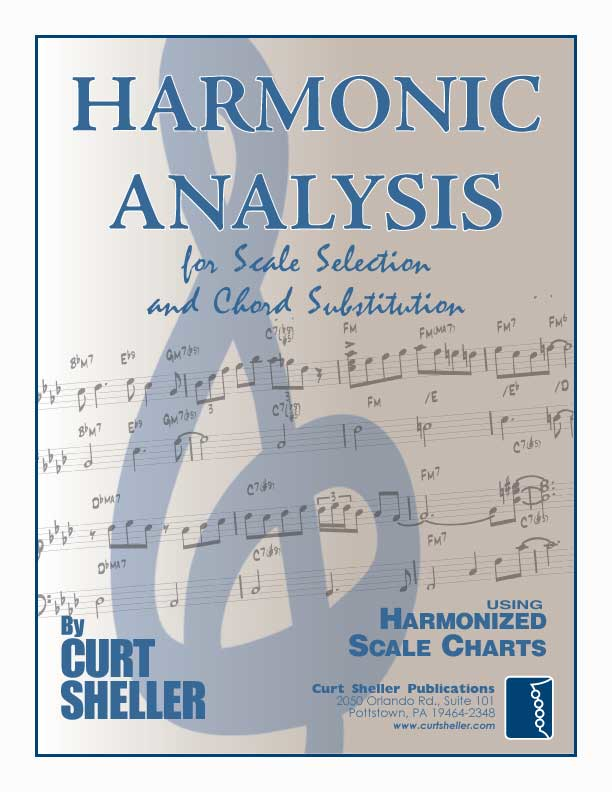
Harmonic Analysis is the understanding of the functional sequence of chords. It is the process used to analyze the harmonic structure of a progression, song or composition. This analysis is then used to make scale selections for improvisation and chord substitution.
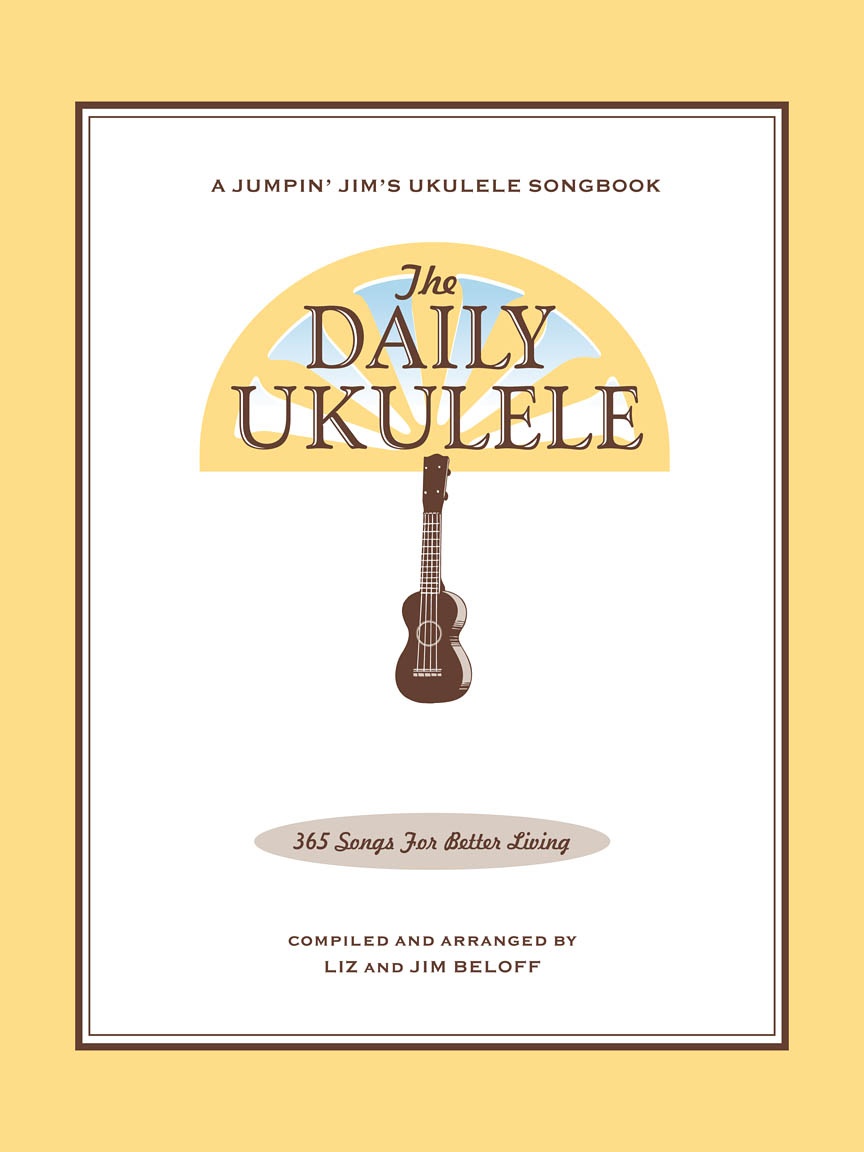
Strum a different song every day with easy arrangements of 365 of your favorite songs in one big songbook! The Daily Ukulele features ukulele arrangements with melody, lyrics and uke chord grids and are in ukulele-friendly keys that are particularly suited for groups of one to one hundred to play and sing.

Finally, learn the names of the notes of the ukulele fingerboard in C tuning .

Learn the six fingering principles to navigating the ukulele fingerboard. Fingering is one of the most universal topics. Book: Six Secrets of the Ukulele Fingering

Harmonic Analysis is the understanding of the functional sequence of chords. It is the process used to analyze the harmonic structure of a progression, song or composition. Book: Harmonic Analysis for Scale Selection and Chord Substitution
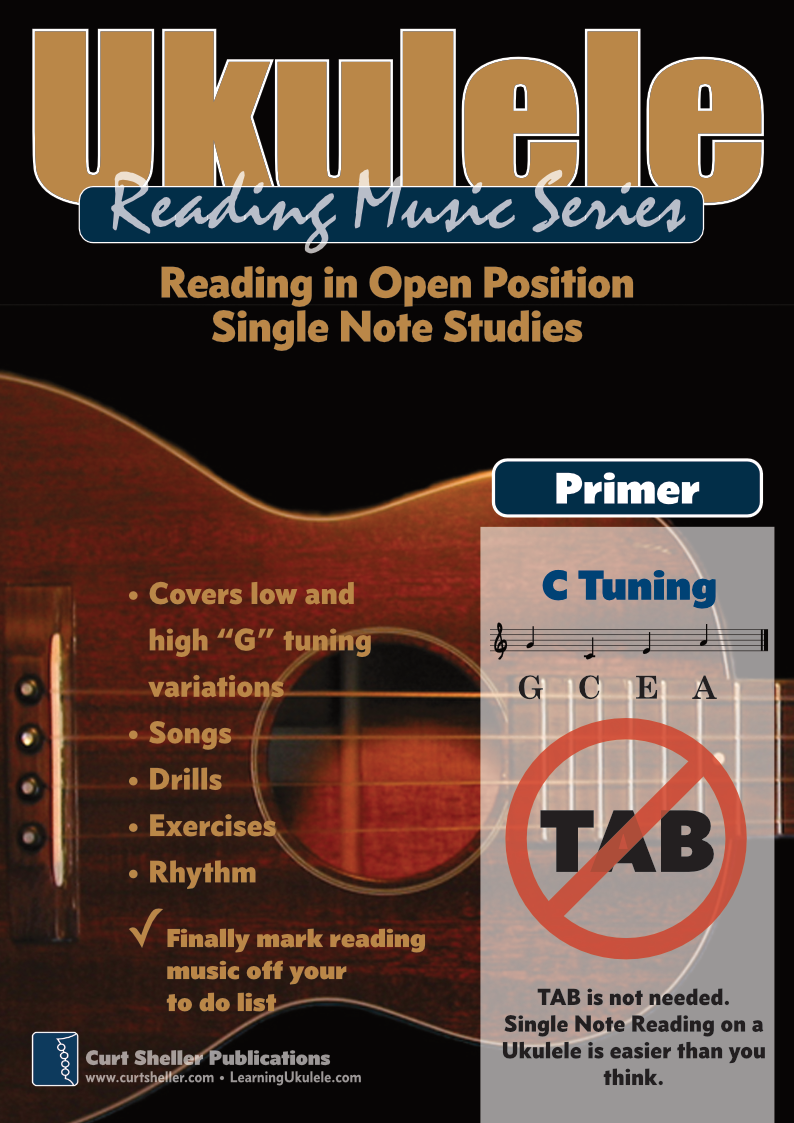
Learn to read single note melodies in the first/open position is a lot easier than you might think. Book: Ukulele – Reading Music Series – Primer
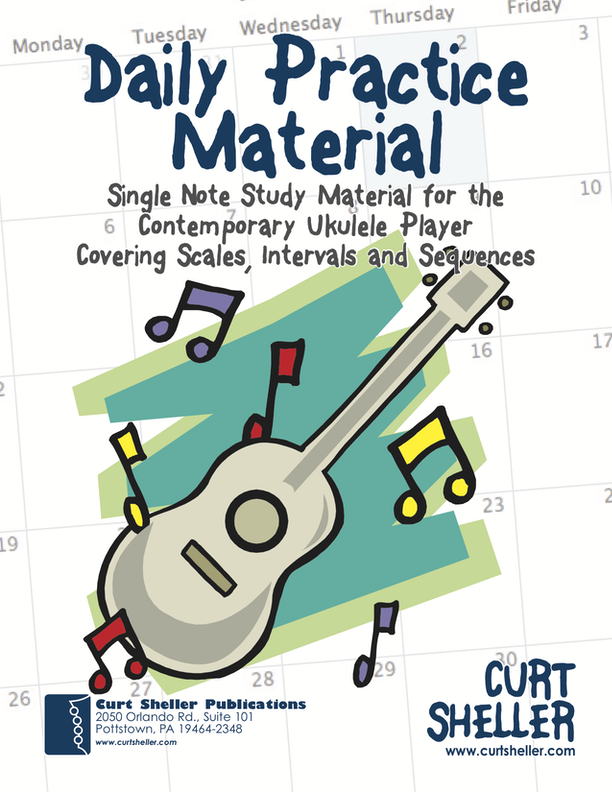
An organized collection of daily practice and reference material for the contemporary ukulele player for developing the vocabulary and knowledge necessary for single note playing. Book: Daily Practice Material for the Contemporary Ukulele
Checkout the Books & Reference Charts for additional Handy, Dandy Reference Charts.
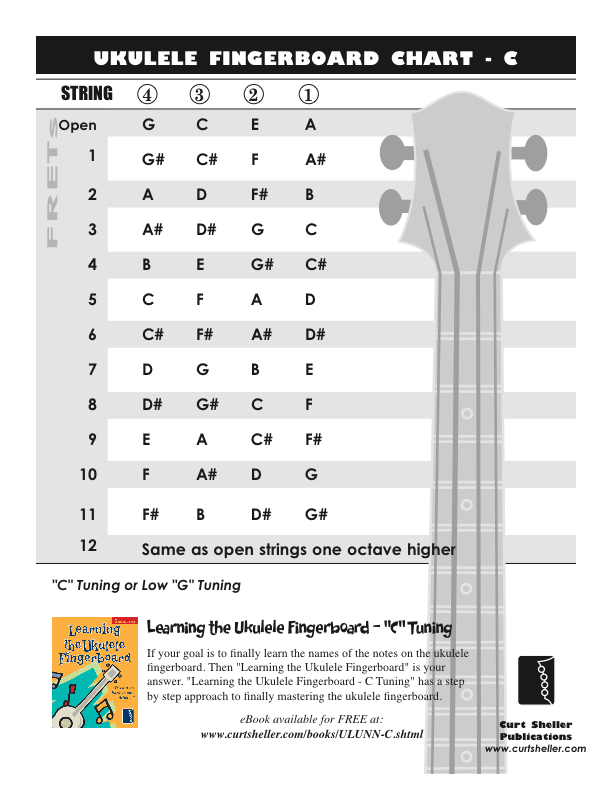
Ukulele Fingerboard Chart for C Tuning, Low or High G – G C E A
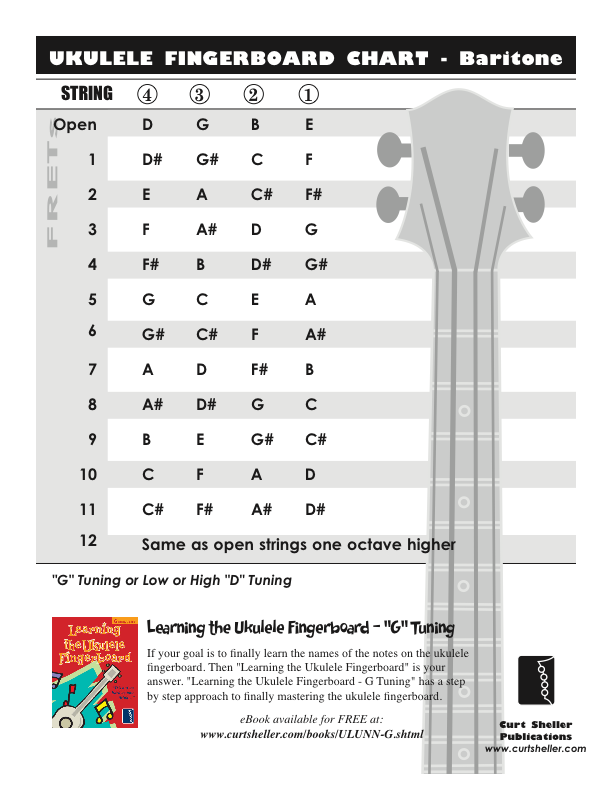
Ukulele Fingerboard Chart for G Tuning, Low or High A – D G B E
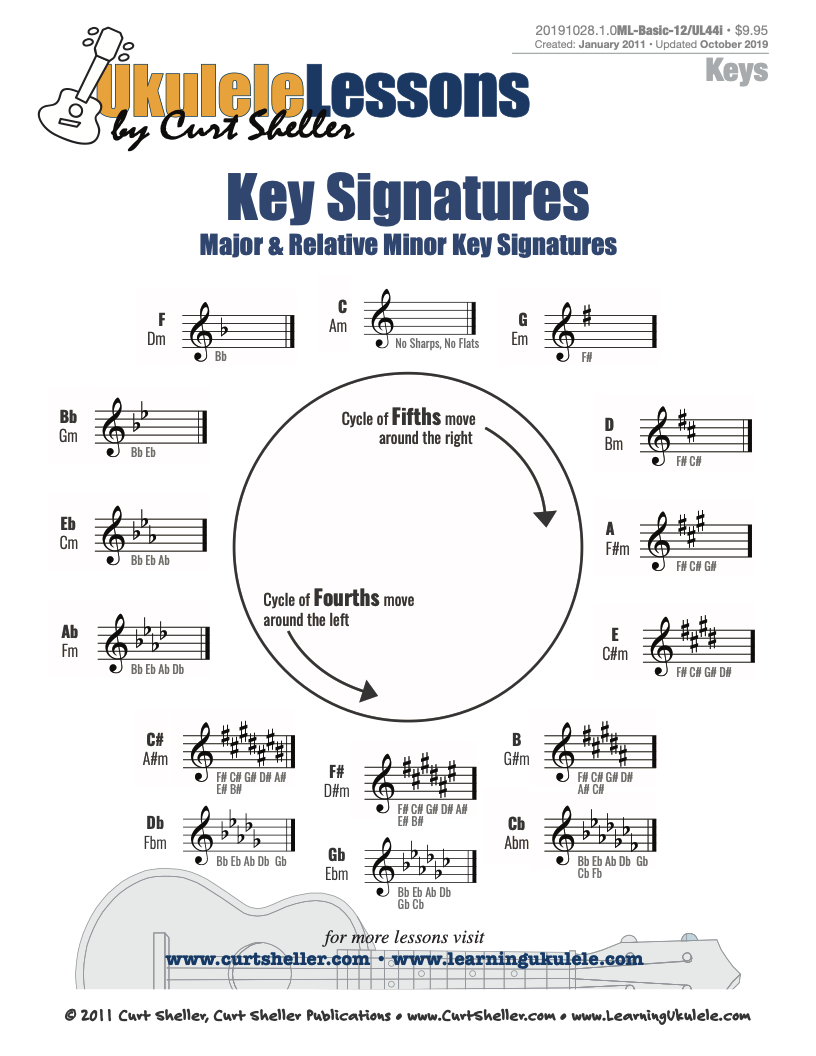
A handy reference chart of all 15 major and relative minor key signatures. US Letter 8.5 x 11 sized (ANSI-A), A4
Checkout the Books & Reference Charts for additional Handy, Dandy Reference Charts.






.jpg)